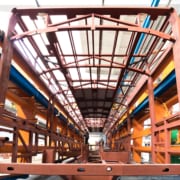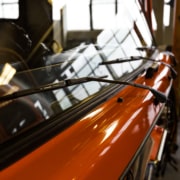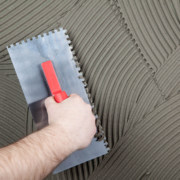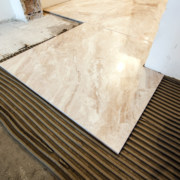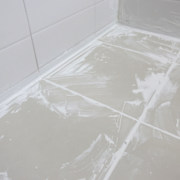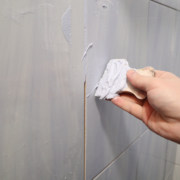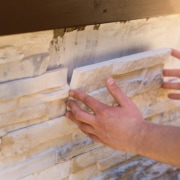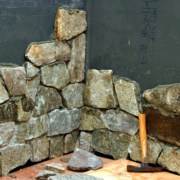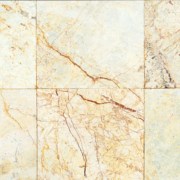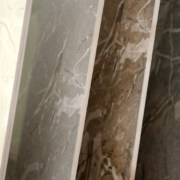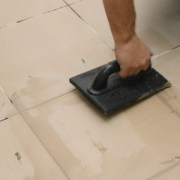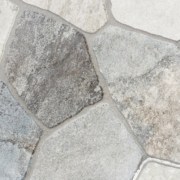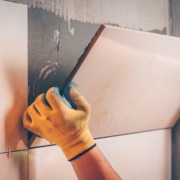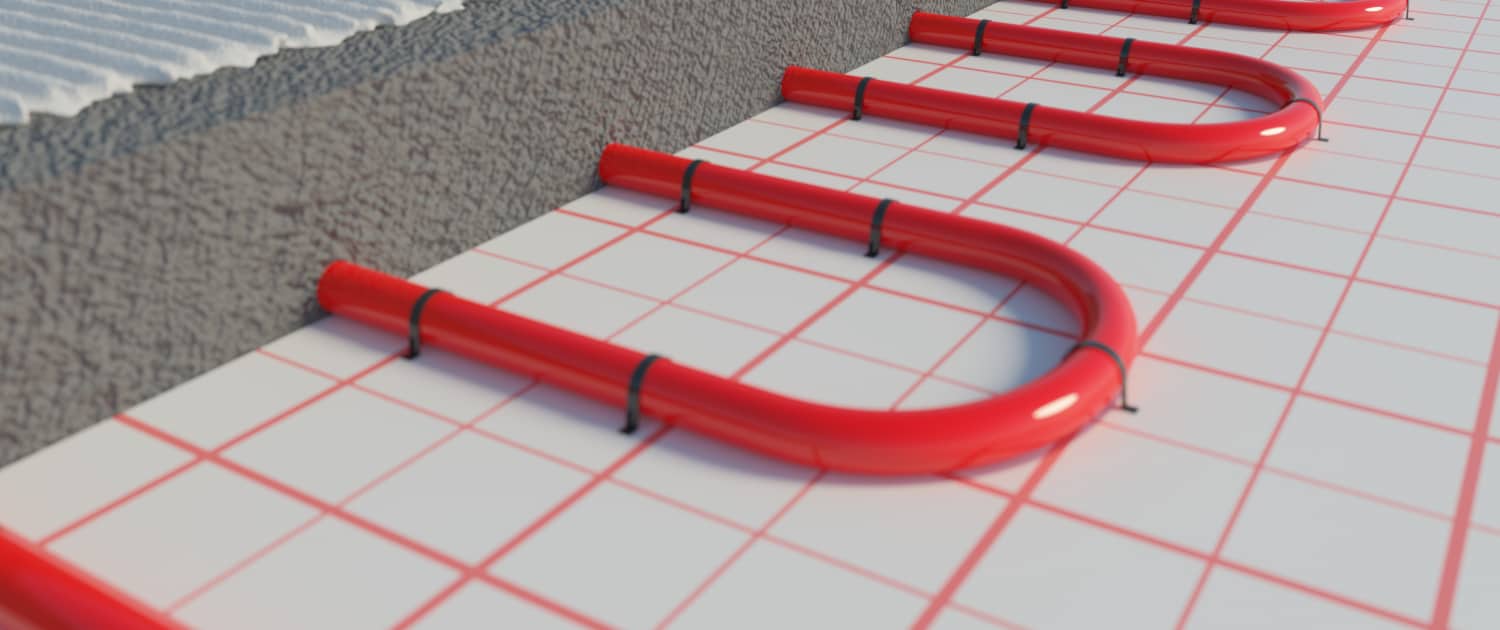Metal adhesives
Remember the good old days, when airplanes were built from wood and linen, nailed and glued together? Not many people do, actually. Planes quickly became metal machines, requiring new methods to keep all parts firmly together.
With faster engines came stricter building requirements and safety standards. Commercial flights soon took off: the ability to take more passengers helped reduce ticket fees and travel times. Aircrafts with bigger cargo holds meant we could transport more freight per trip. But whatever we did, weight remained a factor that determined the limits.
What a shame that, to this day, much of that weight is contributed by parts that have no other function that to keep it all together: fasteners. No wonder that metal adhesives became a vital part of the aviation industry.
Metal adhesives for the aviation industry
Planes have become behemoths of the sky, and weight reduction is more important than ever. No matter how big the aircraft is, there is always a limit to the total weight allowance of the plane. Often a third of the total weight of a plane is made up by the fuel alone. Taking the maximum takeoff weight into consideration, the average commercial plane can only transport some 20,000 kg of cargo, including passengers and crew. Of course, the payload hugely depends on the type of aircraft and the circumstances, but weight limits remain a deciding factor when it comes to transporting goods through the air.
Large commercial aircrafts are built with millions of parts. A considerable number of those are fasteners. According to many sources, the Boeing 747 is held together with 3 million fasteners! Not all aircrafts may need that many of them, it is clear that hundreds of thousands of fasteners take a considerable toll on the payload.
Of course, certain parts need to be detachable for servicing and replacement. But replace fasteners with a reliable metal-to-metal adhesive, where possible, and a lot of weight can be saved.
Choosing the right adhesive can be a daunting task. With technology constantly raising the bar of what the aviation industry is capable of, it is vital that you are constantly aware of new materials and methods. This is not a quest you should take lightly. Expert help could save you a lot of time, and headaches.
Need expert advice on metal adhesives? Click here.

Metal adhesives, requirements and uses
Metal adhesives for aviation purposes must have one paramount property: reliability. The stakes are high and the industry demands an adhesive that performs well under every imaginable circumstance. It must maintain a reliable bond at very high temperatures, but also in the freezing cold. The bond must remain completely stable under extreme stress, withstand numerous hours of low and high frequency vibrations without a problem, and be highly resistant against a fair number of chemical substances.
There are a lot of uses for metal adhesives in the aviation and automotive industry. Think of small magnetic engine parts that must remain in place, no matter what. There is a use for cyanoacrylates in numerous places, for instance to keep parts in place while the actual bond with a slow curing glue or sealant is made. Another common usage is the range of liquid thread lockers, preventing nuts and screws from loosening due to vibration.
Find the best metal to metal adhesive for your purpose
Metal glues form a special branch in the adhesives business. Take advantage of the knowledge and experience of the best in their field. Click here to find the expert advice your business needs.
Contact us!
Do you have questions about adhesive applicators, and what the best fit is for your needs? Contact our customer support team for guidance to identify the product best-suited for you and to connect with industry-leading specialists.







